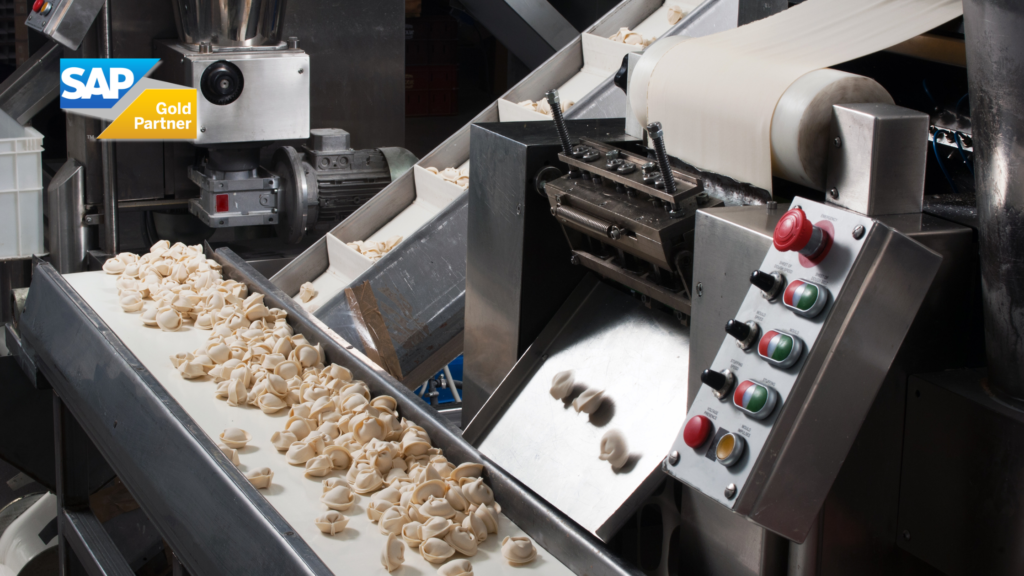Manufacturing in five steps generally involves managing processes from creating the Bill of Materials (BoM) to producing the final product, ensuring traceability and efficiency at each stage. Here’s an overview of each step:
- Bill of Materials (BoM):
- Definition: The BoM is a detailed list of all materials, components, and subassemblies needed to manufacture a final product.
- Objective: Provides a structured view of the elements required for manufacturing.
- Importance: Facilitates production planning, inventory management, and cost estimation. Can be efficiently managed using software solutions such as SAP Business One.
- Production Routes and Stages:
- Definition: The production route is the sequence of stages and processes necessary to transform the materials from the BoM into the final product.
- Objective: Details the workflow from receiving raw materials to delivering the final product.
- Importance: Enables efficient scheduling, process optimization, and resource allocation. SAP Business One offers tools for managing and optimizing production routes.
- Costs:
- Definition: Involves estimating and tracking the costs associated with production, including materials, labor, and overhead.
- Objective: Provides a clear understanding of the costs associated with manufacturing each unit of the product.
- Importance: Aids in pricing, identifies areas for improvement, and informs financial decision-making. SAP Business One includes features for comprehensive cost management.
- Final Product:
- Definition: It is the result of the entire manufacturing process, ready to be delivered to the customer or move to the next stage of the supply chain.
- Objective: Meets customer specifications and quality standards.
- Importance: Impacts customer satisfaction, company reputation, and the ability to compete in the market. SAP Business One helps ensure the quality of the final product.
- Traceability:
- Definition: The ability to trace and document the history, location, and usage of each component throughout the supply chain and manufacturing process.
- Objective: Ensures quality, safety, and compliance by tracking the origin of materials and production history.
- Importance: Crucial for responding to quality issues, conducting efficient recalls, and complying with regulations and standards. SAP Business One enhances traceability through robust tracking and reporting capabilities.
Effectively integrating these five steps into the manufacturing process, with the support of SAP Business One, contributes to operational efficiency, product quality, and the ability to adapt to changes in market demand.


